Lintian Shan Forestry Culture Park: Experience Nostalgic Japanese Scenery and Forest Bathing
Fenglin Township, Hualien County
Sightseeing
When you come to Hualien, don't miss the Lintian Shan Forestry Culture Park if you want to get closer to nature.
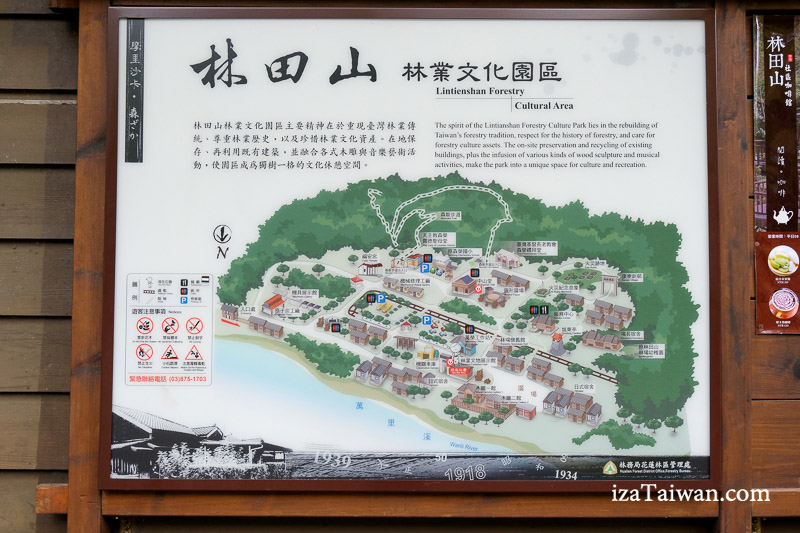
During the Japanese colonial period, it was called "Morisaka," which is written as "摩里沙卡" in Chinese characters, and was the earliest logging area in eastern Taiwan. It currently belongs to the Hualien Forest District Management Office of the Forestry Bureau, and the park covers an area of approximately 13.9 hectares.
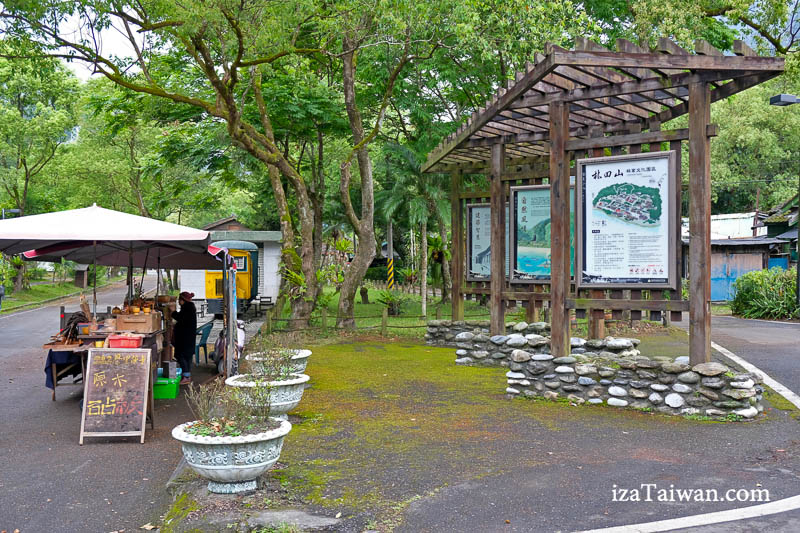
In July 1918, the Japanese established the "East Taiwan Timber Joint Venture Company" in Hualien, and in 1919 it was reorganized into the "Hualien Port Timber Co., Ltd." and began logging operations.
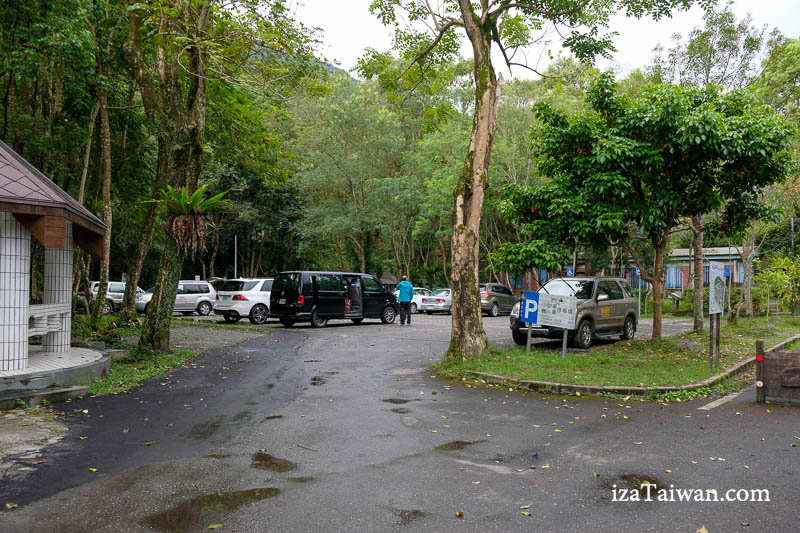
There is a parking lot in the park, so you don't have to worry about parking.
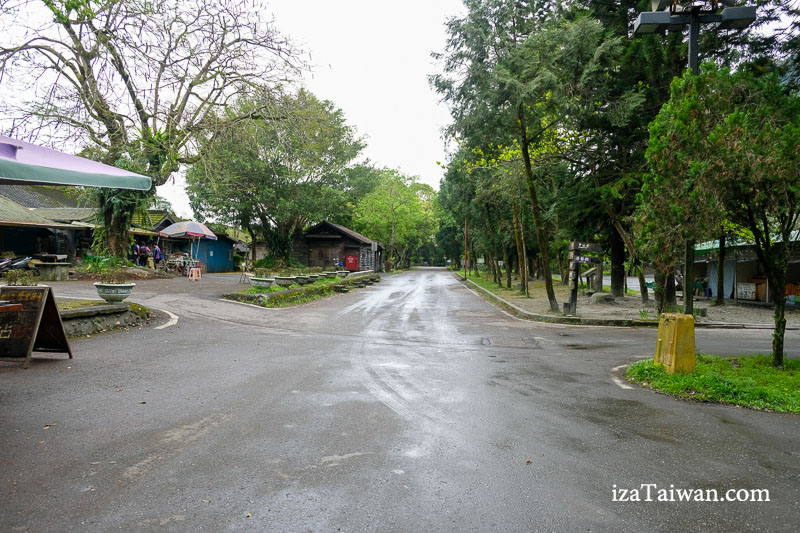
As soon as you enter the park, you can feel the atmosphere of the green forest. The weather was cool on this visit, and the fresh air after the rain was full of phytoncide.
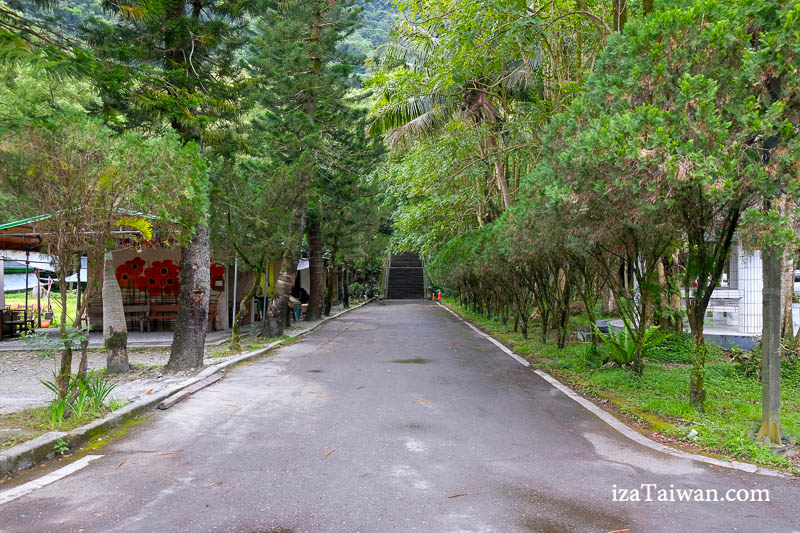
In 1918, the Japanese established the "East Taiwan Timber Joint Venture Company" in Hualien, and the following year it was reorganized into the "Hualien Port Timber Co., Ltd." and began logging in Lintian Shan. After 1938, they began to build logging railways, Zhongshan Hall, employee dormitories, infirmaries, welfare centers, rice shops, grocery stores, laundry departments, barber shops, fire brigades, kindergartens, and elementary schools, making Lintian Shan a logging community with complete living functions at that time. During its heyday, it gathered four or five hundred households.
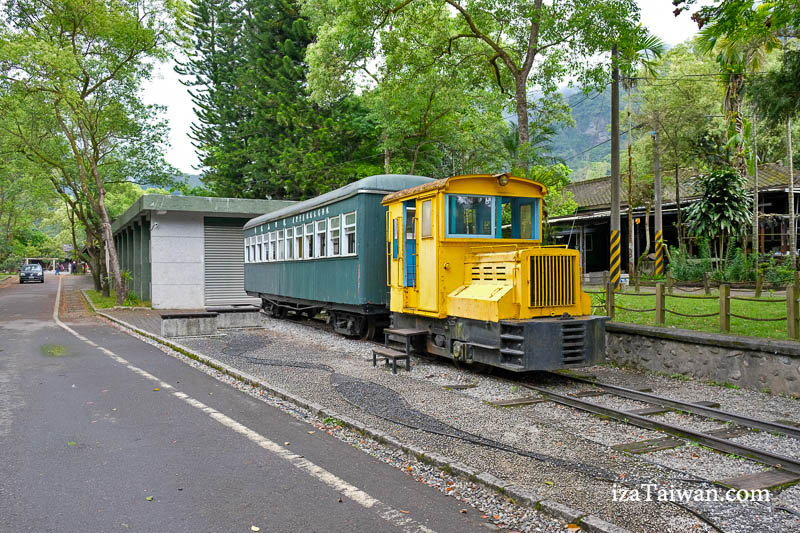
At that time, old locomotives were purchased from the Guangfu Yanshui Port Sugar Manufacturing Company. This old locomotive was a LCK10 type 15-ton steam locomotive imported from the UK when the Hualien-Taitung Railway was opened. After the Wanrong Forest Road was opened in 1983, it became more convenient to transport timber by road, completely replacing the transportation function of the railway. It is currently on display outside the garage.
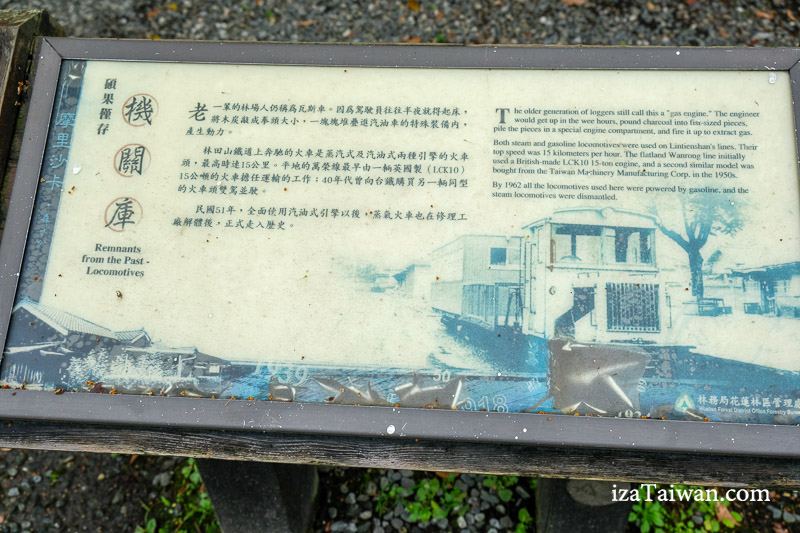
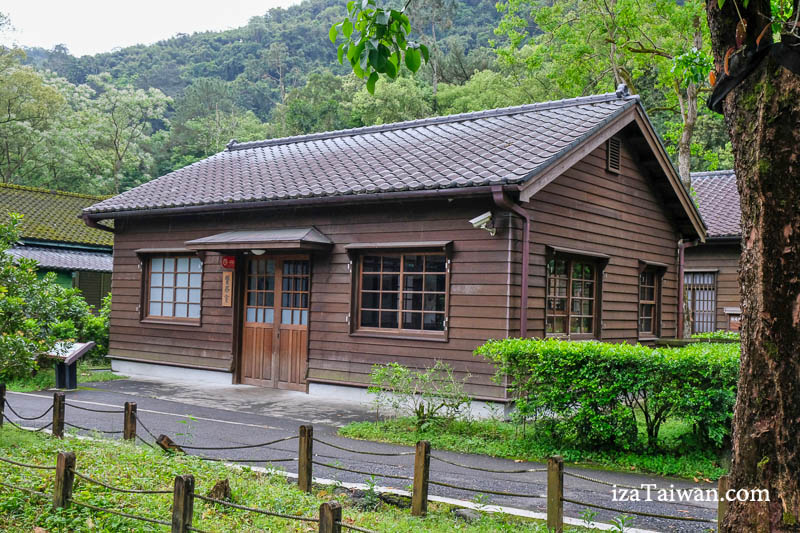
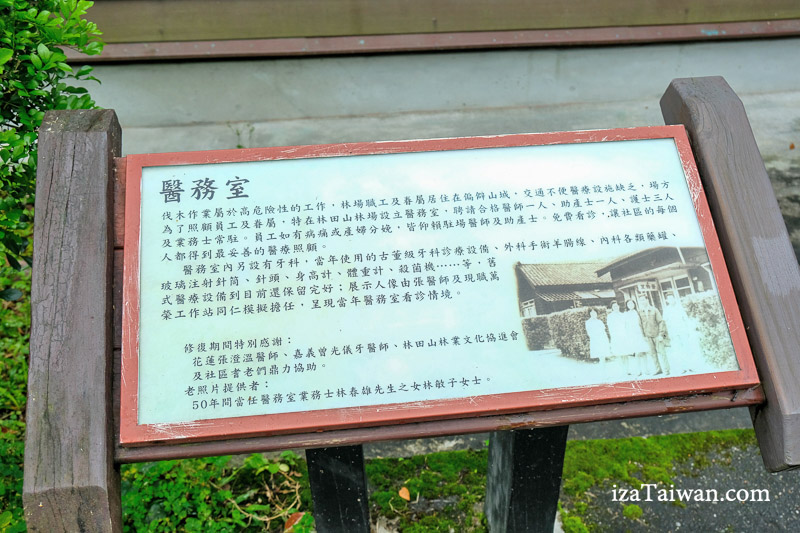
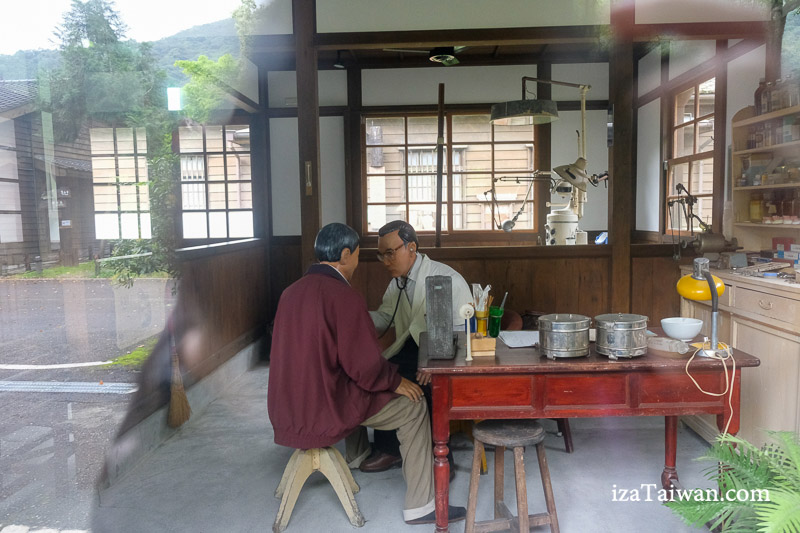
Zhongshan Hall
Zhongshan Hall is the spiritual sustenance of the forest farm. It was built in 1968 with cypress wood. In addition to providing various activities for Senrong Elementary School and the forest farm, Zhongshan Hall had two film projectors in 1961. Whenever the forest farm office posted pink movie notices, even residents living in Changqiao Village would take the train to watch movies.
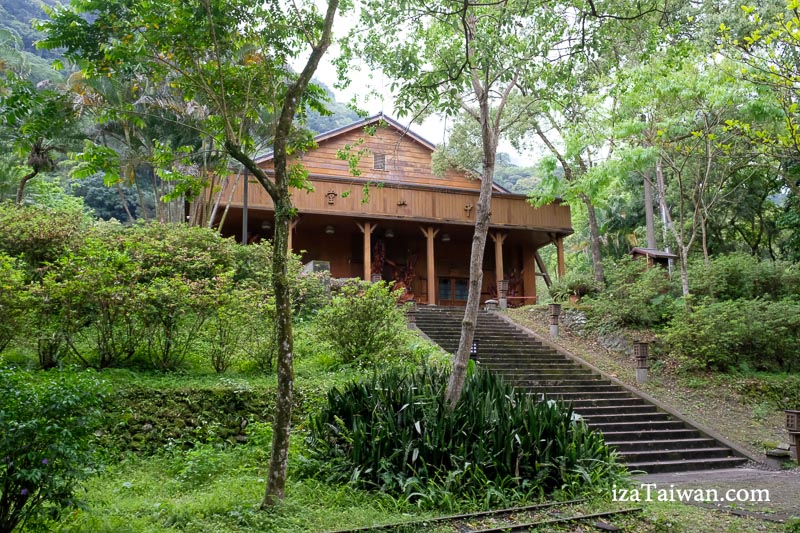
Although the logging business of Lintian Shan Forest Farm has stopped, a large number of Japanese-style buildings have been preserved: whether it is the office or residential buildings, most of them are fish-scale black tile houses built with cypress wood; to avoid the effects of humidity and improve ventilation, the houses are built on stilts.
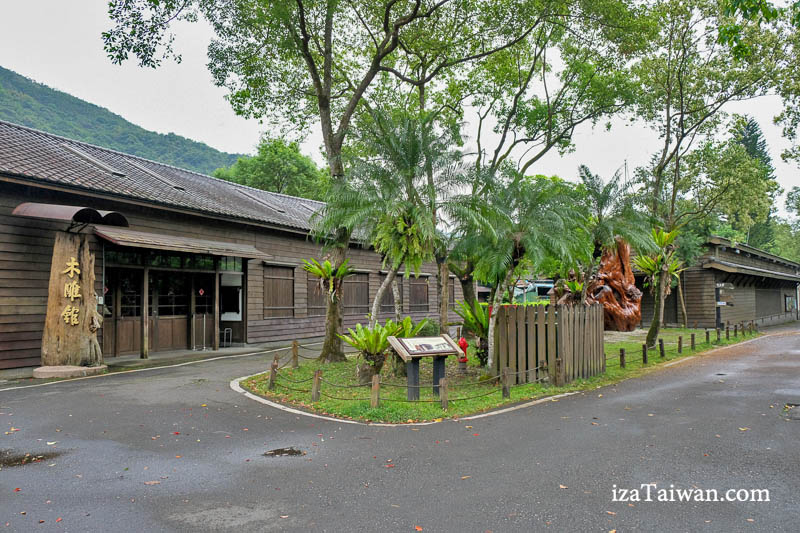
The Japanese-style building complex in Lintian Shan is the largest Japanese-style cypress house in Taiwan. Although a major fire occurred in 2001 and many buildings were burned, it also made Lintian Shan receive attention again after the forest fire in 1972; the government decided to plan Lintian Shan as a forestry park, and the Zhongshan Hall and Forestry Exhibition Hall built with cypress wood were reopened, and some forest railways were restored for tourists to experience the once glorious Lintian Shan Forest Farm.
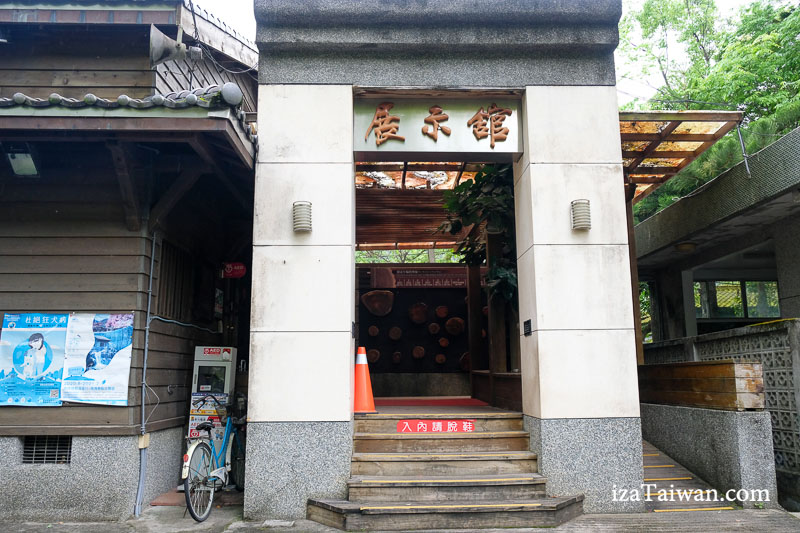
The early material warehouses have been renovated into exhibition halls, preserving a wide variety of early historical relics of Lintian Shan, such as logging equipment, fire-fighting equipment, surveying projects, and daily necessities of the forest farm.
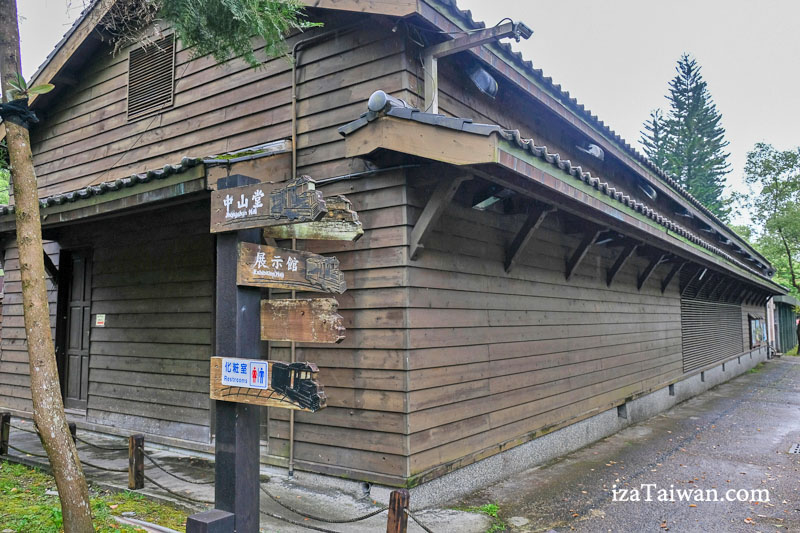
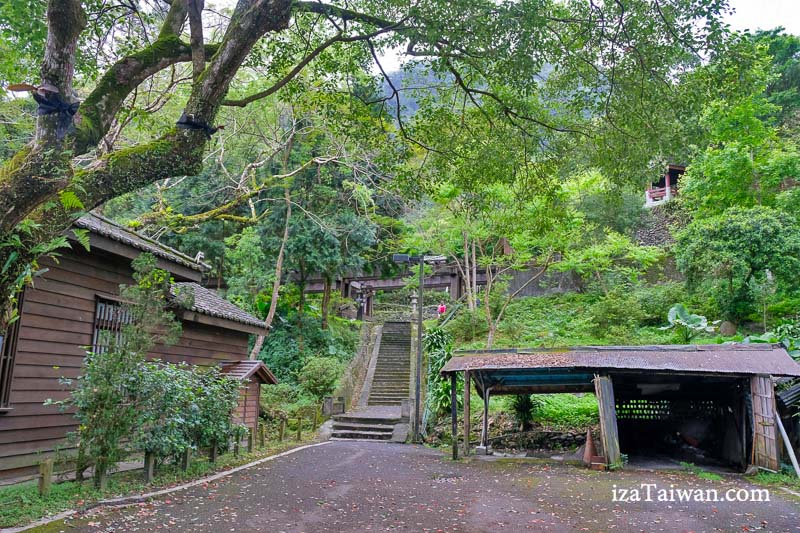
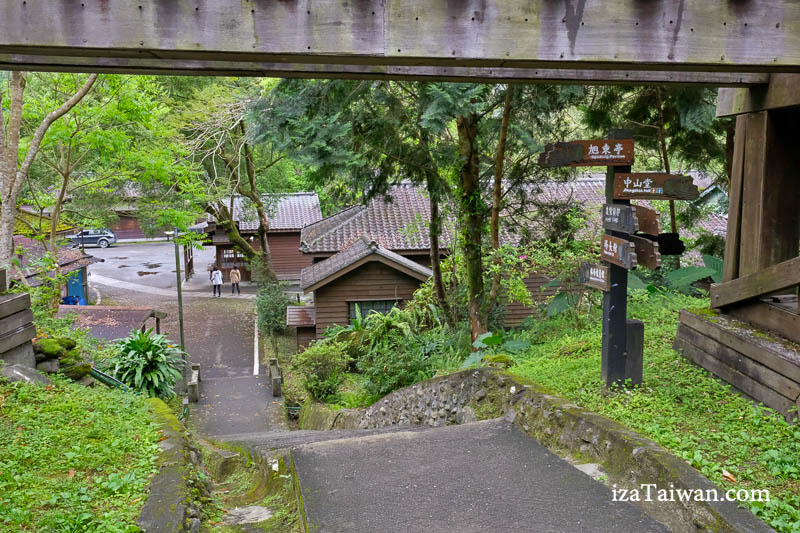
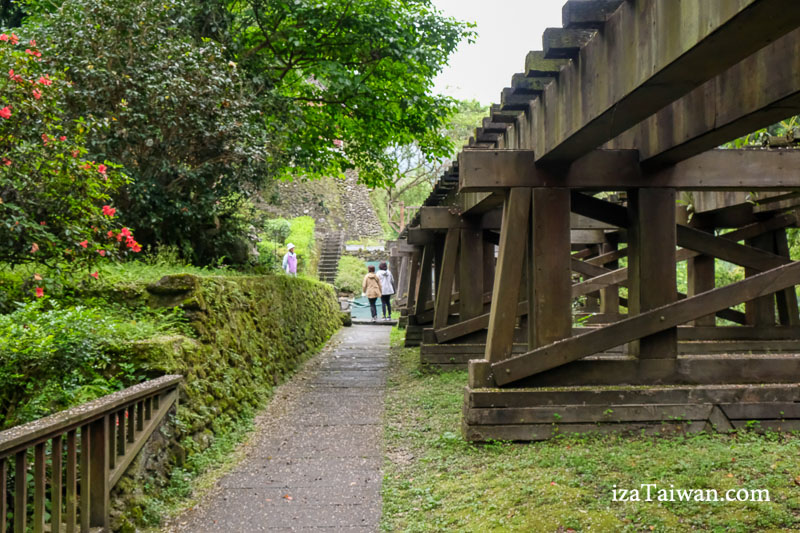
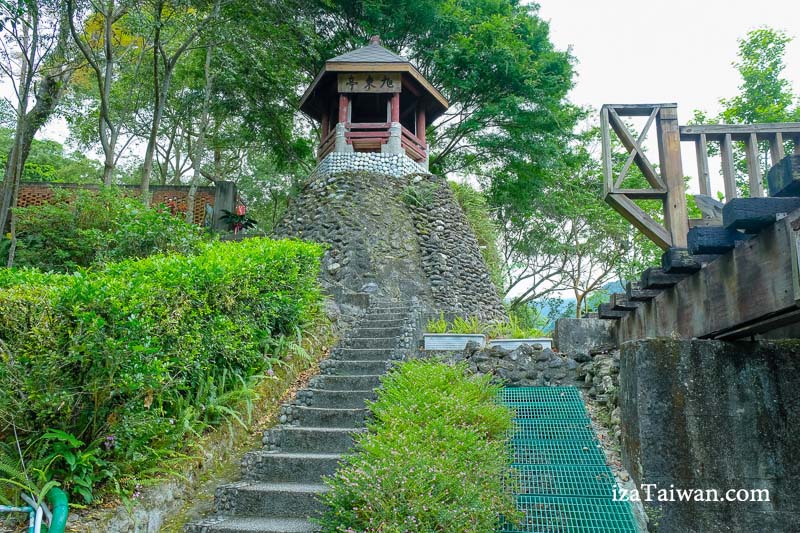
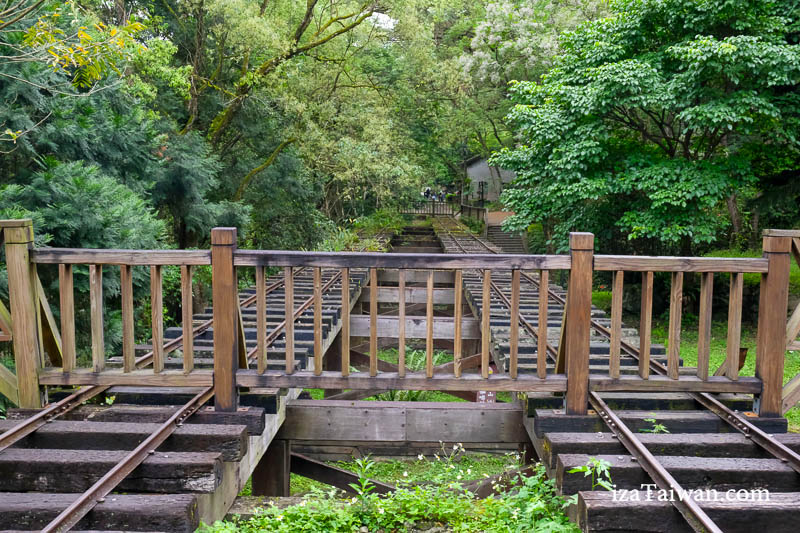
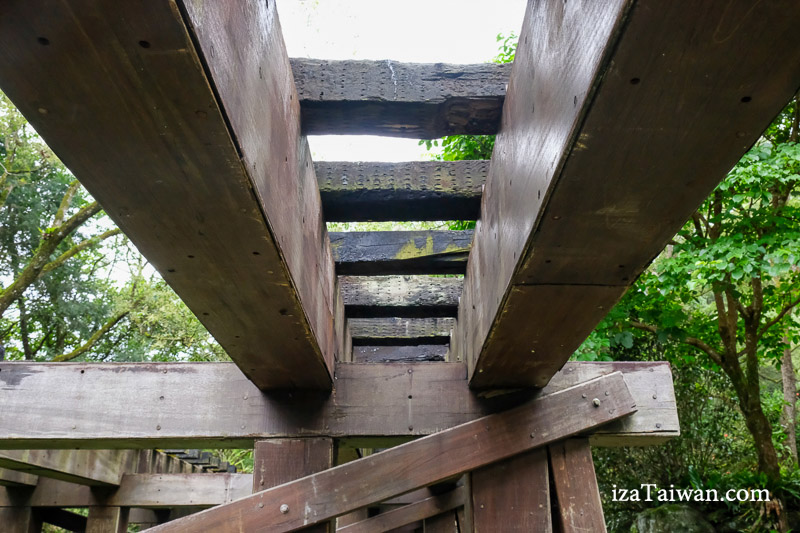
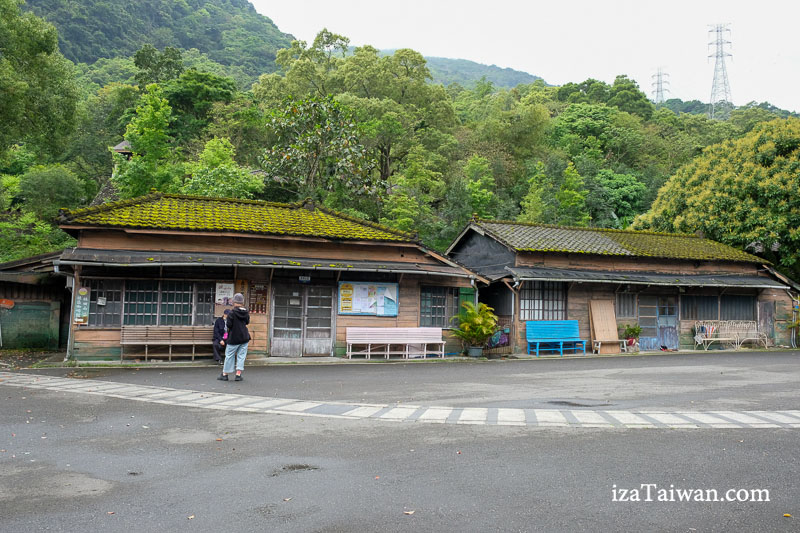
The first-class cypress wood office building built in 1968 was originally a rectangular office building. It was expanded year by year, and a wooden oblong building with protruding ends was added to the west side. The east side was reinforced with reinforced brick buildings symmetrical to the west side for typhoon protection, and finally formed the current "I"-shaped pattern.
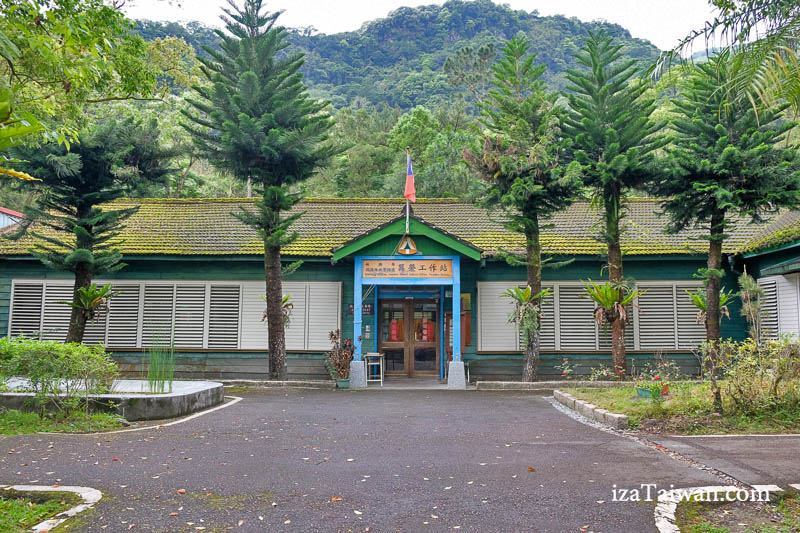
With the implementation of the policy of completely banning the felling of natural forests in 1991, the glorious years of Lintian Shan came to an end. After the government planned this as a forestry park, the park also renovated the former section chief-level dormitory into a cafe, retaining the original Japanese-style architectural form, combining the functions of a service center and a restaurant, providing light meals and drinks. Why not have afternoon tea in the cypress-scented cafe and feel the glorious years of the past.
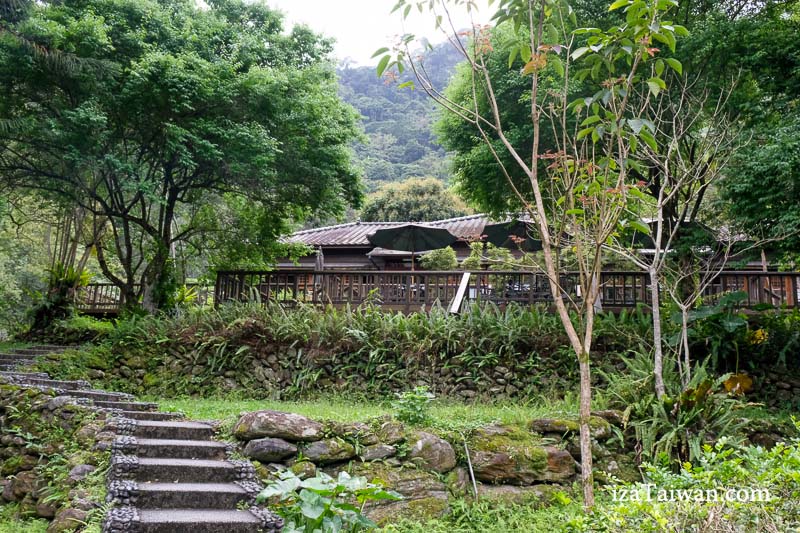
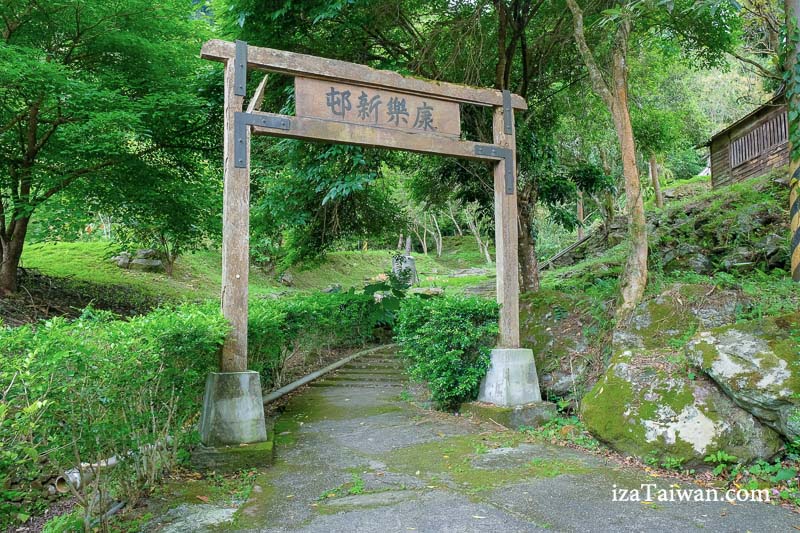
Kangle New Village
Kangle New Village was a dormitory for forest farm employees built in 1968. In 2001, 35 Japanese-style houses on both sides of the stone steps on the hillside of Kangle New Village were unfortunately destroyed by a major fire, completely burned down in just 30 minutes, leaving only concrete foundations.
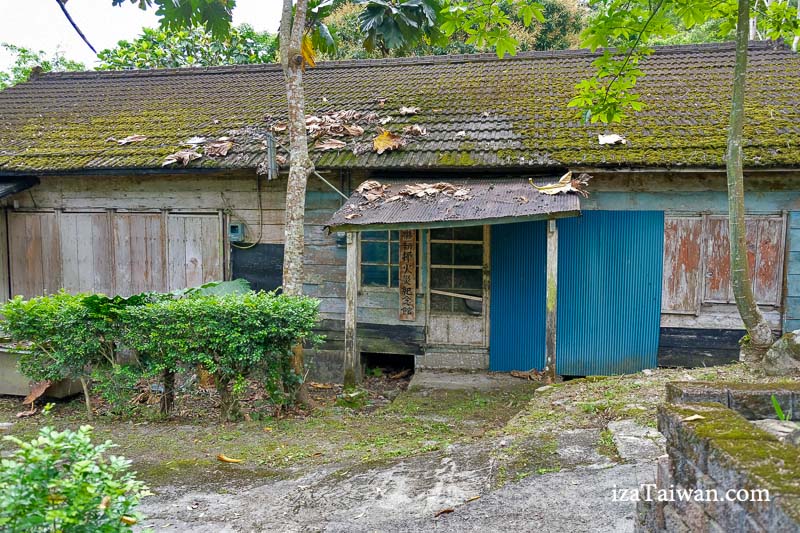
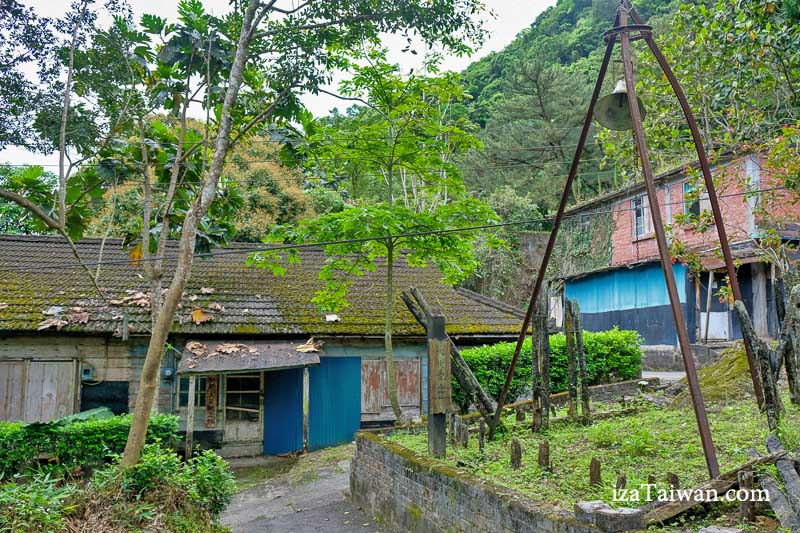
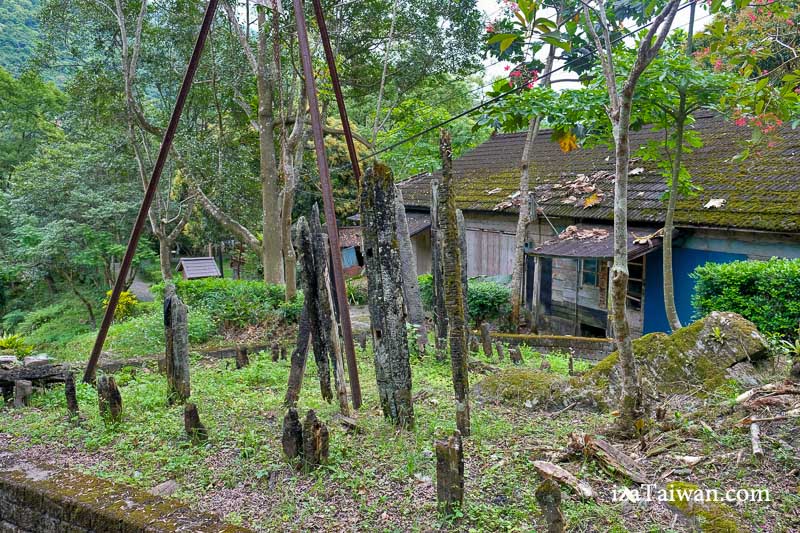
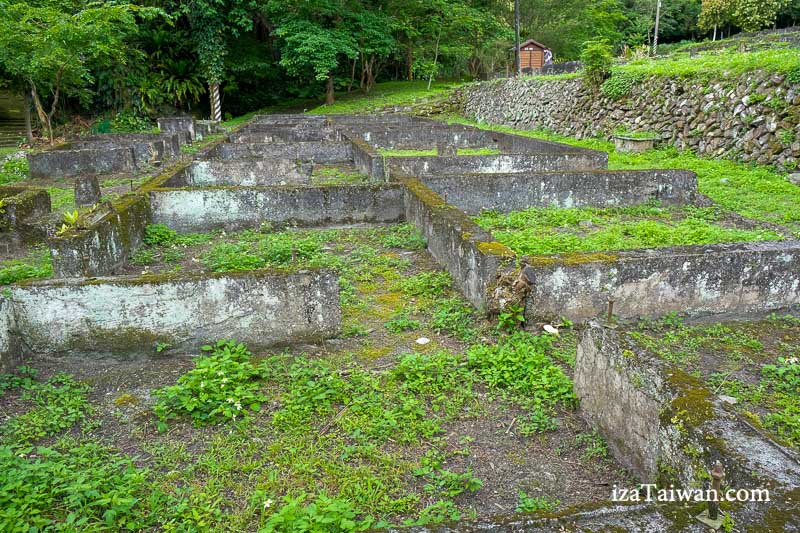
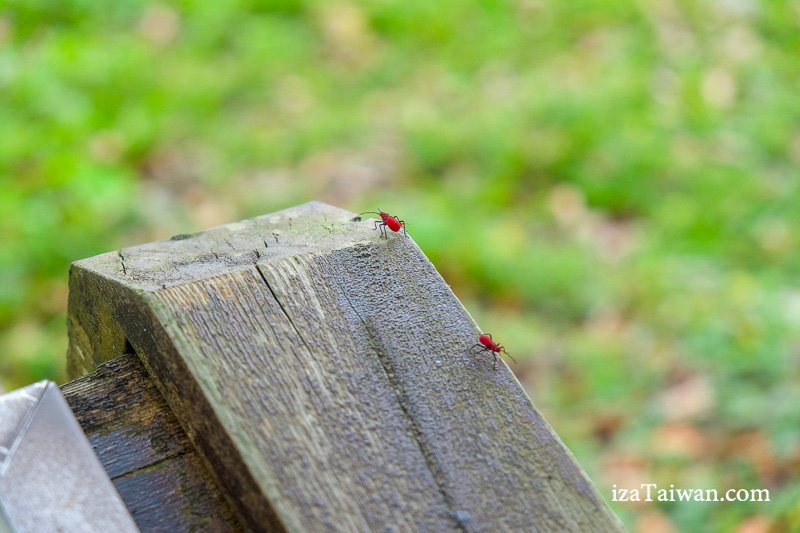
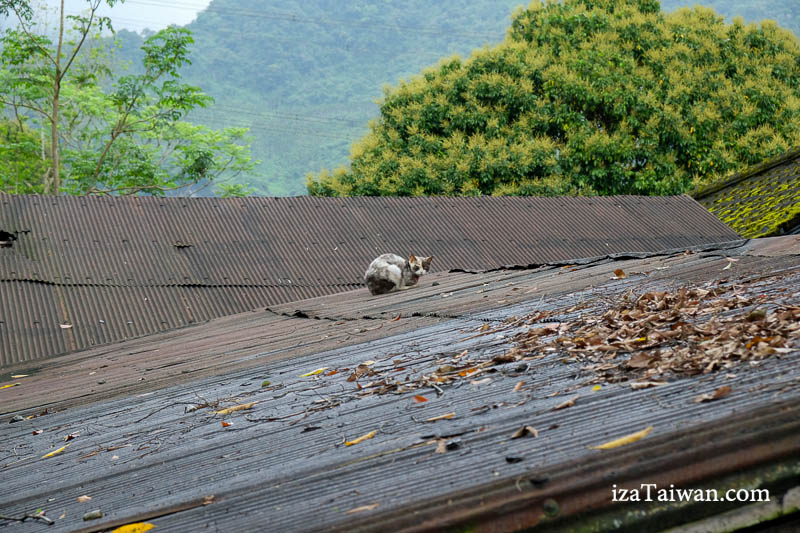
In 2006, it was announced by the Hualien County Government Cultural Bureau as a historical settlement. Currently, there are still about 60 households and more than 150 people living in the park. Retired employees who still live in the park's dormitory are the most vivid living history.
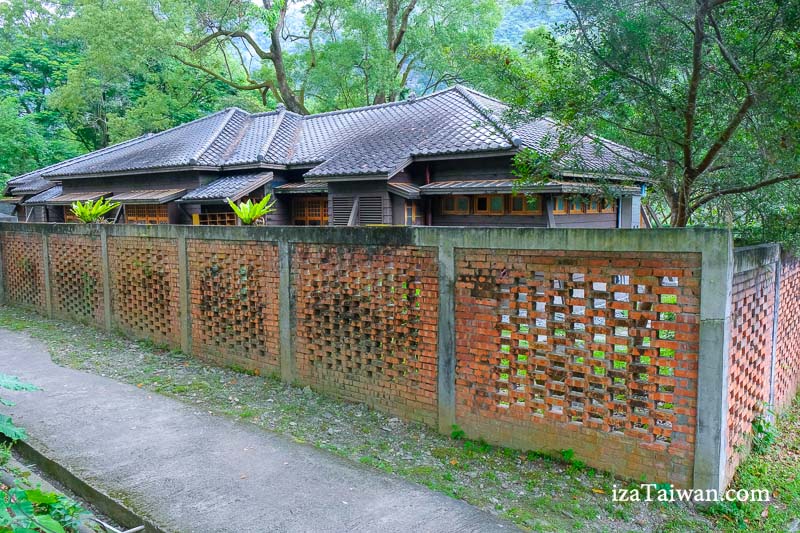
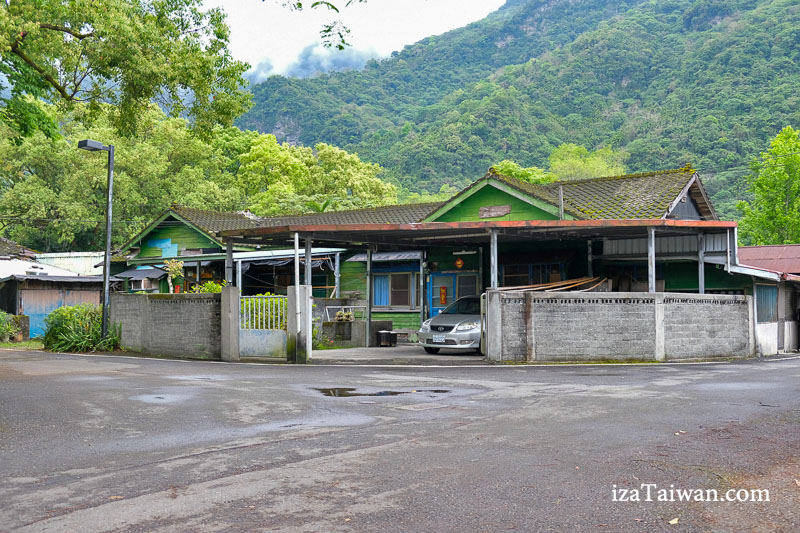
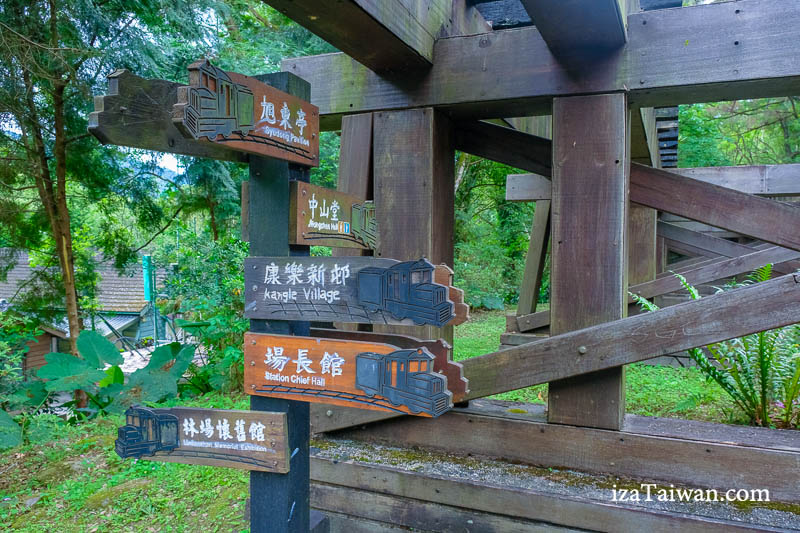
Nearby attractions/food/accommodations:
Qing Xiou Yuan: Travel Back in Time to a Japanese Temple in Hualien
Grand Cosmos Resort Ruisui: A Luxurious European Castle Experience in Hualien
『Lintian Shan Forestry Culture Park』
Address: No. 99, Lane 99, Linsen Road, Senrong Village, Fenglin Township, Hualien County
Opening hours: 09:00-16:00
Ticket price: Free
Closed: New Year's Eve and every Monday
Parking lot: Cannot enter or exit after operating hours
Notice:
•Please do not make loud noises when visiting the exhibition.
•Please do not bring pets, dangerous goods, food, drinks, and umbrellas into the park's halls.
•Smoking, chewing gum and betel nuts are prohibited in the park's halls.
Published in 2021
